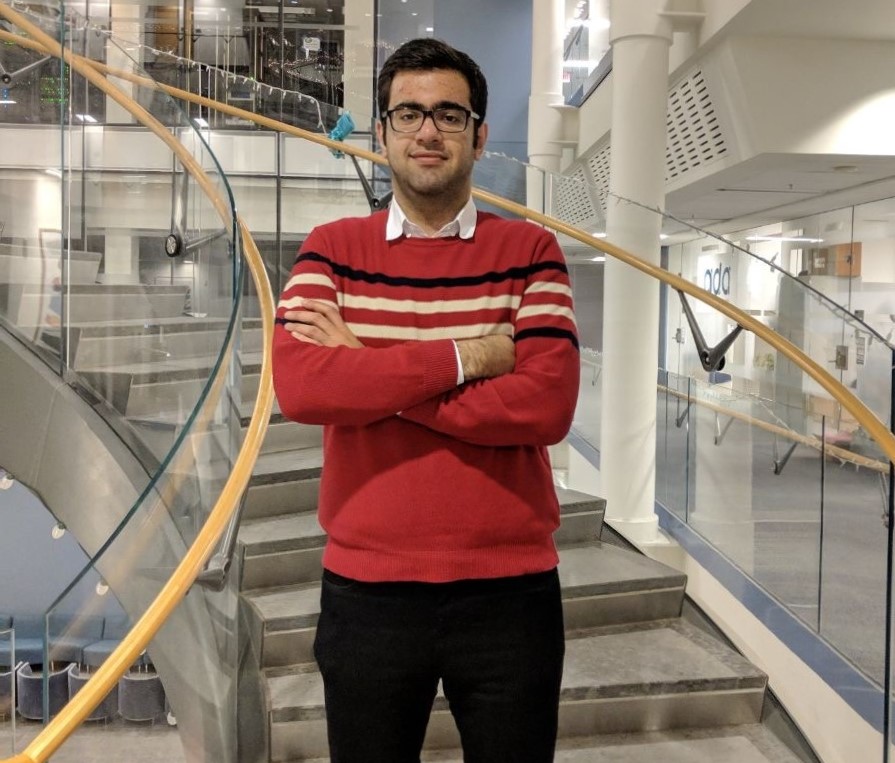
Dissertation Defense
Small Electrical, Mechanical, and Biomechanical Systems of Electromagnetic Radiation
This event is free and open to the publicAdd to Google Calendar

Microorganisms and cells within animals and human hold the secret of life. The more we understand about how such building blocks of life function, the closer we get to unravel the sources of diseases and find ways to cure them. It is known that biological cells do not and cannot function properly on their own and thus need to communicate. While chemical signaling is already accepted as one communication scheme, the intent of this dissertation is to examine the possibility and efficacy of inter-cell communication by means of electromagnetic waves.
The fundamentals of operation of embedded radios within cellular structures is based on mechanical antennas. Permanent charged diploes within and around biological cells can be accelerated at their natural resonant frequencies through the cell’s natural metabolic activities and radiate electromagnetic signals from kHz to THz frequencies depending on the mode of operation. In specific, amyloid fibrils which are long fibers formed by aggregates of peptides with permanent dipole moment, are studied in this thesis. While experimental evidence for EM signaling will need to be obtained and undergo scrutiny, the quantified comparisons between such scheme and chemical signaling (quorum sensing) is provided here indicating that the EM route provides much higher data rate and also over longer range compared to quorum sensing.
Concepts pertain to principle of operation of mechanical antennas and a system of coupled small antennas known as fragmented antennas are also investigated in this thesis which have profound applications in low frequency communications.
Chair: Professor Kamal Sarabandi
 MENU
MENU 
